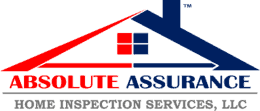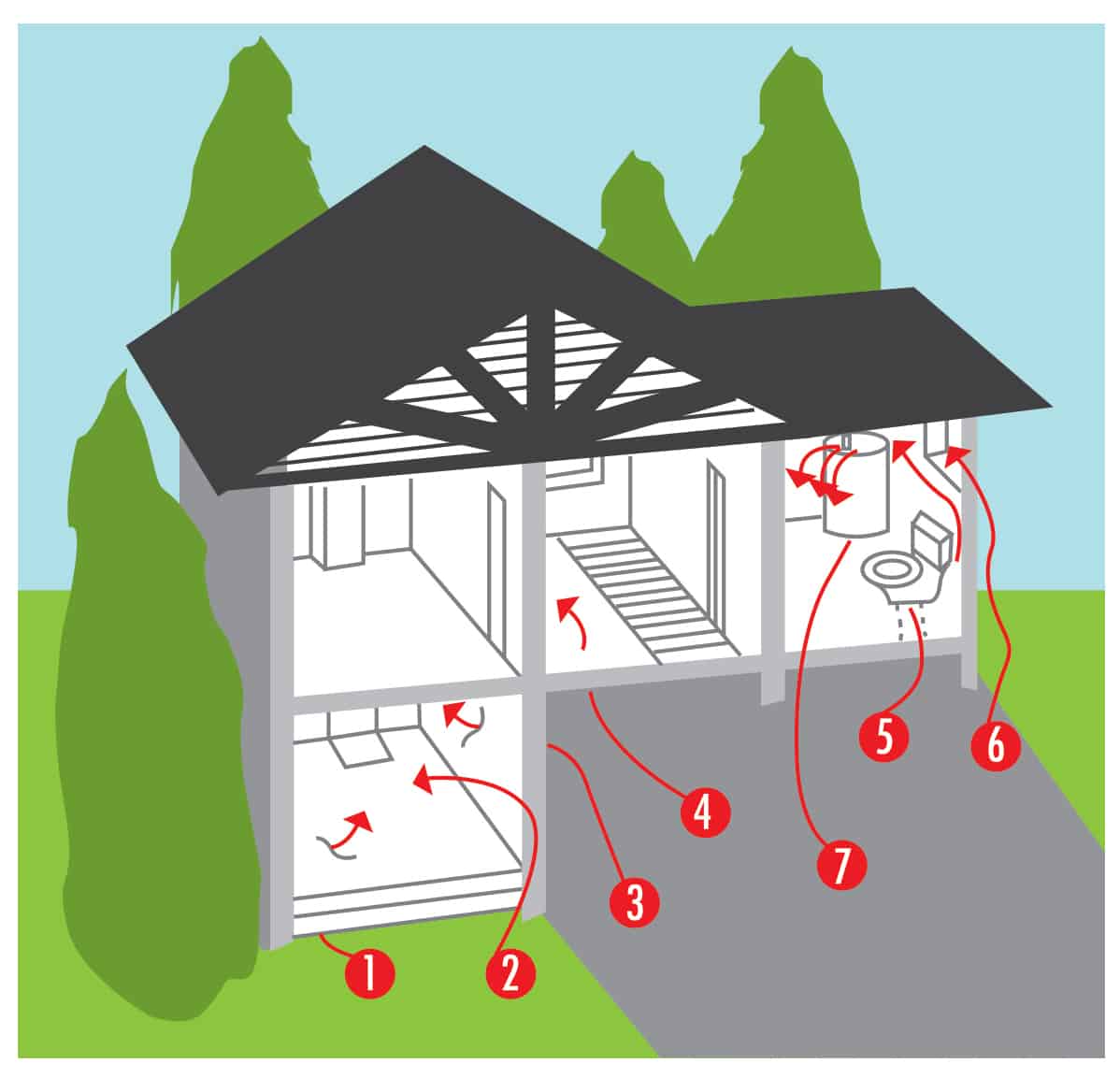You may have heard of Radon on the news or from a friend or family member, or maybe you are familiar with it personally, or maybe you have never heard of it before now. What is Radon, you may ask? Radon is a radioactive gas that occurs naturally deep under the earth’s surface and it, unfortunately, enters our homes and buildings where it can build up to harmful levels. By now I am sure that you have heard that smoking causes lung cancer, but did you know that Radon is the second-leading cause of lung cancer in the United States? Obviously, we should all be aware of Radon and its potential health hazards for our personal and family safety. This article will give you a brief introduction to Radon, why it is a concern, and what you can do about it.
Because Radon is prevalent throughout our country, the U.S. Environmental Protection Agency (EPA) has designated January as National Radon Action Month in order to educate and promote awareness among our citizens and to encourage us to take action to have our homes and buildings tested, and if need be, remediated for Radon gas. As a Home Inspector here in the central Maryland and Pennsylvania area, I help people learn about Radon and its potential health hazards year-round, and I help determine Radon levels in their homes with professional Radon testing.
Radon Gas Can Cause Cancer
You cannot see, smell or taste Radon… but it may be a problem in your Maryland or Pennsylvania home without you even knowing it! Radon is a naturally occurring gas in our environment produced by the decay of Uranium deep under the earth’s surface. As Uranium decays molecularly, the process of the decay produces Radon gas. The Radon gas then moves up toward the earth’s surface travelling through cracks, fissures, faults, aquifers, and any path available to it until it eventually makes it to the surface and then into the earth’s atmosphere. It can also enter our homes through cracks, drains, and other holes in the foundation. Once inside, our homes can trap radon gas, where it can build up to hazardous levels. Any home, whether brand new or old, well-sealed or drafty, and with or without basement or crawlspace, can and may have a radon problem. High radon levels have been found in every State, and some regions are more prone to having higher Radon levels than others.
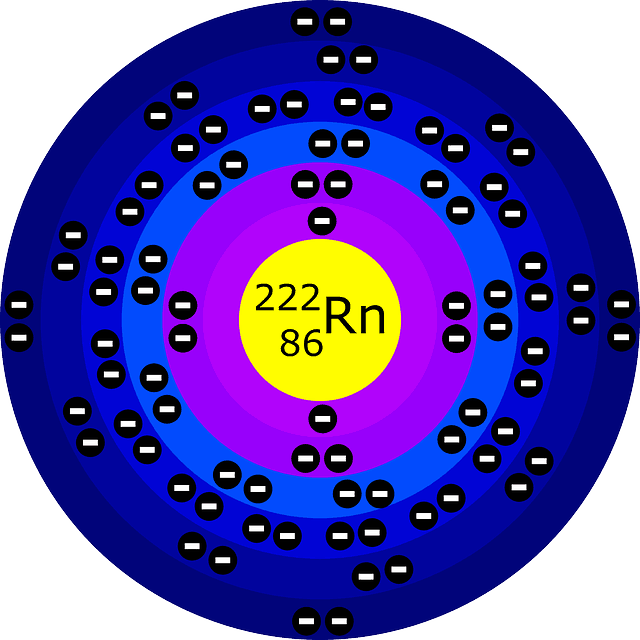
Unfortunately, research has shown that Radon is a cancer-causing, radioactive gas, and it is now the second leading cause of lung cancer deaths in the U.S., according to the U.S. Surgeon General. It results in approximately 21,000 deaths annually here in America. Risk for lung cancer is especially high for smokers exposed to high radon levels.
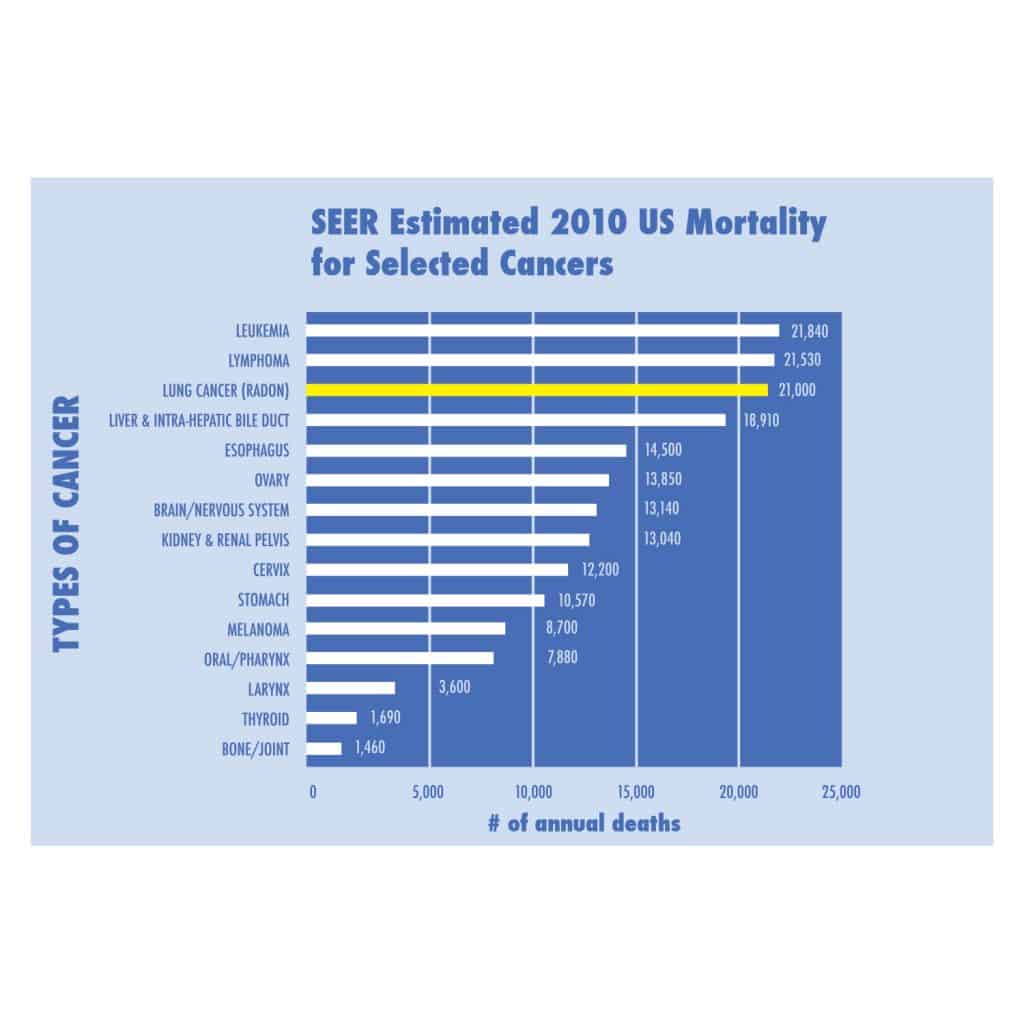
Radon levels in Maryland, particularly in Baltimore, Carroll, Frederick, Harford, Howard, Montgomery, and Washington counties, have the potential to be higher than the recommended safe levels. Radon levels in Pennsylvania also tend to be higher than the safe levels. The EPA has produced an interactive map of the United States that you can use to see if your home or building lies in an area of higher risk. If your home or building is in a Red or Orange area, statistically, you may have the potential for unsafe levels of Radon.

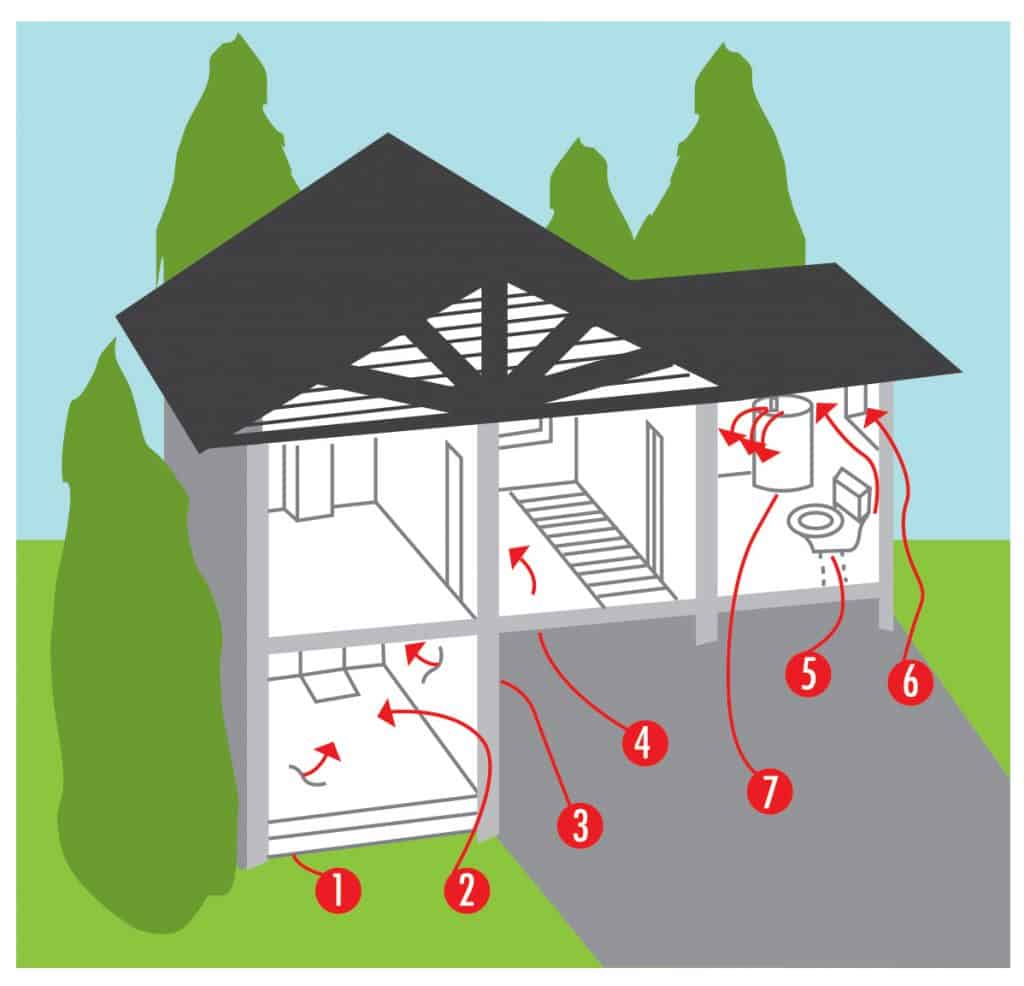
How Do I Know if I Have High Radon?
Wouldn’t you like to know if a silent killer is lurking in your home’s air? Testing is the only way to know your home’s radon level. Nearly one out of every 15 homes is estimated to have elevated radon levels. You cannot predict your home’s radon level based on state or local radon measurements or on test results taken in other homes in your neighborhood. Your next-door neighbor’s home may have safe Radon levels while your home may have dangerous levels or vice-versa. We use special equipment including state-of-the-art high-tech electronic Continuous Radon Monitoring and/or interference-proof air canisters that professionally measure the radon levels in your house. These measurements are taken for a brief and limited time, which may be especially important if the home is part of a Real Estate transaction such as buying or selling the home. We can perform stand-alone Radon Testing or we can bundle it with a Home Inspection for your convenience.
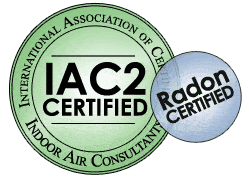

The Surgeon General and the U.S. Environmental Protection Agency (EPA) recommend testing all houses at least once every 5 years. Even if your home or building has a Radon Mitigation System already installed (Radon removal), the only way to know if it is properly reducing the Radon to safe levels is to have Radon testing performed. If your Radon Mitigation system has a manometer (gauge) on it, it is only telling you whether the system is actively at work, but it does not assure you that it is reducing the Radon gas in your home to safe levels. We are here to help you with professional testing services any time you would like testing to be performed.
Self-service testing kits are also available. Free test kits are sometimes available from local or county health departments, or from state radon programs. Test kits are also available from some local or state American Lung Associations (www.lung.org) and some home improvement stores. Self-service test kits will typically take much longer to receive results than professional testing.
Radon Test Results
What if Radon Test Results are Safe?
Congratulations! You have no immediate cause for concern for unsafe levels of Radon in your home today. However, Radon levels can be highly variable because many factors influence Radon and how it comes to exist in our homes and buildings. Deep below the earth’s surface there is constant activity and movement. When movements in the earth’s crust occur, pathways for Radon gas can change and may increase or lower the Radon levels in your home. Additionally, seasonal weather patterns, changes in atmospheric pressure, and the natural atomic breakdown of elements such as Uranium, Radium, and Radon will vary over time. Also, Radon levels tend to be highest during the times of year when our houses are closed up for the longest periods of time such as the cold of winter and the heat of summer. Because of the variable nature of Radon gas, the U.S. Environmental Protection Agency (EPA) recommends testing all houses at least once every 5 years.
What if Radon Test Results are High?
There is good news – a radon problem can be fixed! If your home or building has high radon levels, there are ways to fix it. Even very high levels can be reduced to acceptable and healthier levels. We can help you understand the basics of radon mitigation systems and explain how they work so that you will be informed before seeking the services of a professional radon mitigation contractor. The contractor will survey the home to determine the proper type of mitigation system, design and install the system, and seal cracks, holes, and other openings in the home’s structure to minimize Radon entry into the living space.
After you have a mitigation system installed, schedule an independent Radon Test with us to ensure that your new system is in fact reducing the Radon levels in your home to within safe limits as recommended by the EPA. And don’t forget to have us re-test your home at least once every 5 years to ensure your family’s safety!
Conclusion
As a professional home inspector serving Maryland and Pennsylvania, I encounter potential hazards in homes each and every day. Although some hazards might be obvious and visible such as electrical or safety issues, our homes also have potentially dangerous hazards that we may not necessarily see, smell, or even know exist in our homes! This article exposed one of these less-obvious yet potentially critically dangerous hazards that may be present in your home: Radon Gas. Radon is a health risk and it might exist in your home right now at hazardous levels without you knowing it. The only way to know is to have special equipment and/or testing performed. We have also explained that you can have Radon mitigated and/or reduced to safe levels for you and your family.
If you would like to have your home tested for Radon Gas, please call Absolute Assurance at 443-939-HOME (4663) and we will be happy to schedule an appointment for you. Since January is National Radon Action Month, we are offering a $25.00 discount on all of our Radon Tests through the end of January. We are available for all of your Home Inspection needs including mold inspection and testing, radon testing, and water testing! We can provide these services as well as full and partial home inspections for buyers/sellers/investors, rental inspections, annual home inspections, and more!
